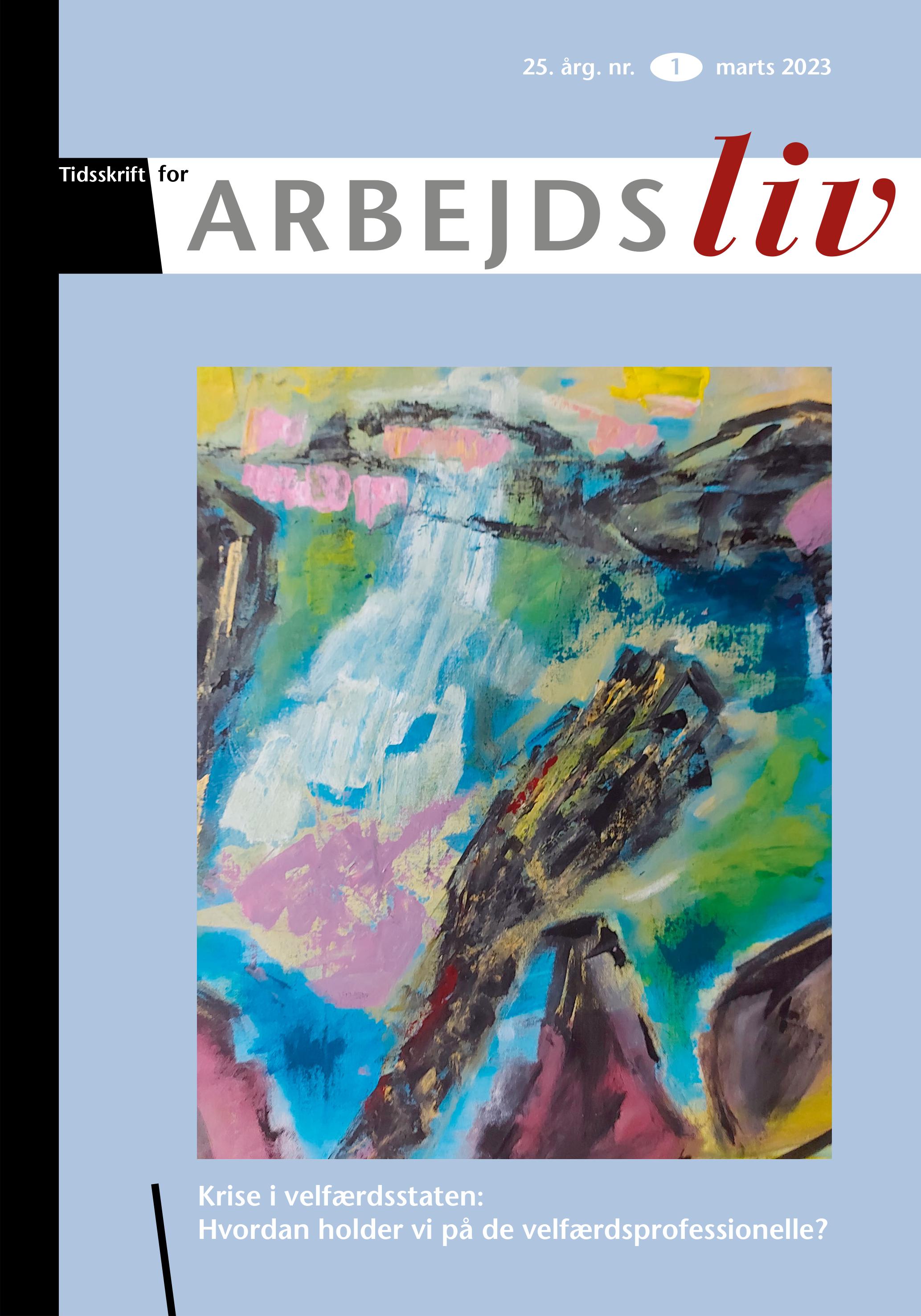Should I stay or should I go?
Moral distress as push-factor in police, schools, and elderly care
Keywords:
Fastholdelse, Moralsk stress, Følelser, Beredskab, BevillingssystemerAbstract
Retention has become a crucial problem in the public sector. This article investigates the role of moral distress as a possible “push-factor” making employees consider if they should stay or leave their jobs. The article builds on observations and interviews in the Police, Public schools, and Elderly care in Denmark. We investigate which forms of moral distress occur, which situations and forms of organization can make it occur, and how the employees describe their feelings related to the experiences. The article shows that policemen, teachers, and care-workers are motivated by doing what they consider their core task, and how different morally challenging situations and dilemmas may arise when they encounter obstacles or end up in situations where they experience Abstracts having to waste time or steel time, in order to do their jobs properly. Additionally, it shows how such experiences – especially if prolonged, and with no ending or solution in sight – can make employees consider leaving a job they like. The article also shows how employees and managers try to compensate for a damaged safety net that should have caught vulnerable citizens but did not. And fi nally, it shows how the police resources are primarily organized around alert and readiness while schools and elderly care resources are primarily organized as time or money to be applied for. This has consequences for the longevity of the morally stressed situations and their likelihood of occurring repeatedly, and therefore it also plays a role in employees considerations: should I stay or should I go?
Downloads
Published
How to Cite
Issue
Section
License
Copyright (c) 2023 Forfatteren og tidsskriftet i samarbejde

This work is licensed under a Creative Commons Attribution-NonCommercial 4.0 International License.
Forfattere, der publicerer deres værker via dette tidsskrift, accepterer følgende vilkår:
- Forfattere bevarer deres ophavsret og giver tidsskriftet ret til første publicering, samtidigt med at værket ét år efter publiceringen er omfattet af en Creative Commons Attribution-licens, der giver andre ret til at dele værket med en anerkendelse af værkets forfatter og første publicering i nærværende tidsskrift.
- Forfattere kan indgå flere separate kontraktlige aftaler om ikke-eksklusiv distribution af tidsskriftets publicerede version af værket (f.eks. sende det til et institutionslager eller udgive det i en bog), med en anerkendelse af værkets første publicering i nærværende tidsskrift.
- Forfattere har ret til og opfordres til at publicere deres værker online (f.eks. i institutionslagre eller på deres websted) forud for og under manuskriptprocessen, da dette kan føre til produktive udvekslinger, samt tidligere og større citater fra publicerede værker (se The Effect of Open Access).





